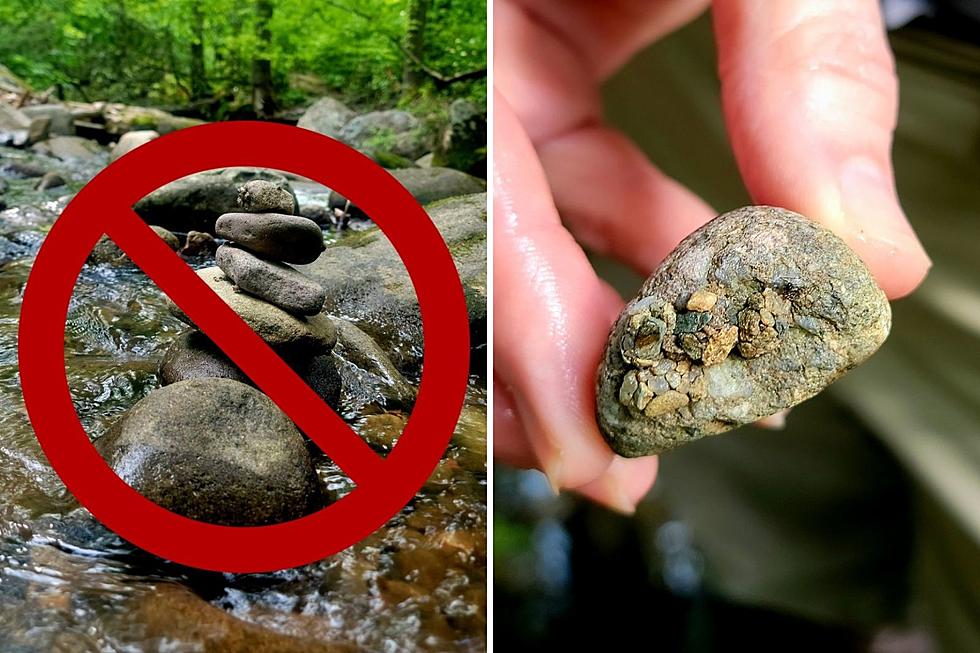
Leave Them Be: Why Tennessee’s Great Smoky Mountains Park Wants You to Stop Moving Rocks
There's something about rocks that draws us to them. For example, you're taking a walk in your neighborhood and you see a rock on the street or the sidewalk. Do you walk past, leaving it undisturbed? No. You kick it to see how far it will go and what types of crazy bounces it will make thanks to its odd shape. If you're lucky, it stays in your path so you can kick it again. Now, let's say you're hiking through the woods and you find some rocks. You may be inclined to pick a few up and throw them to see how far you can chuck them. Or, maybe you come to a shallow creek and decide to stack a few up to make a neat formation like they're nature's LEGOs. The Great Smoky Mountains National Park in Tennessee would prefer you didn't because doing something which may seem insignificant to you can actually have a significant impact on the natural ecosystem.
Why You Shouldn't Move Rocks Near Streams and Creeks
Officials with the park recently shared a post on the park's Facebook page explaining why they strongly encourage you to leave any and all rocks alone. According to the post, creating small rock formations like the one pictured below (also known as a "cairn," more on that later), "damages the rich diversity of aquatic life, including fish, invertebrates, and salamanders."
The second picture shared by the park shows a close-up of the top rock that was sitting on top of the human-made pile. If you look closely, what appears to be tiny pebbles stuck to the side of the rock are actually caddisfly larvae.
Caddisflies look like moths but live near sources of fresh water like a creek or stream. Once the larvae hatch from their egg sack, they latch onto rock surfaces and build themselves a cocoon with sand particles and other minerals to protect themselves from predators while they grow. They leave tiny holes to allow water in so they can breathe. According to Encyclopedia Britannica, the larvae, "play an important role in the aquatic community, reducing plant growth and disposing of animal and plant debris." Full-grown caddisflies are also important to the overall ecosystem as they, "are important as food for other animals...Trout, birds, lizards, frogs, spiders, dragonflies, and bats feed on adults.
The Importance of Cairns
The technical name for the little rock stack formation pictured above is "cairns," and Great Smoky Mountain National Park isn't the only place you shouldn't build them. According to Barefoot Theory, the concept for Cairns was born hundreds of years ago and was used to mark trails that otherwise had no significant markings, such as a worn path, for example. They are still in use today and should only be built by park rangers or trail creators. When random Cairns get built by visitors, it can be tough for hikers to find their way back to where they started.
So, as tempting as it may be to build a little rock pyramid in a stream, try to control yourself and resist the urge. The natural balance of things is counting on it.
[Sources: Great Smoky Mountains National Park on Facebook / Encyclopedia Brittanica / Barefoot Theory]
LOOK: Stunning vintage photos capture the beauty of America's national parks
RANKED: Here are the most popular national parks
More From WGBF-FM









